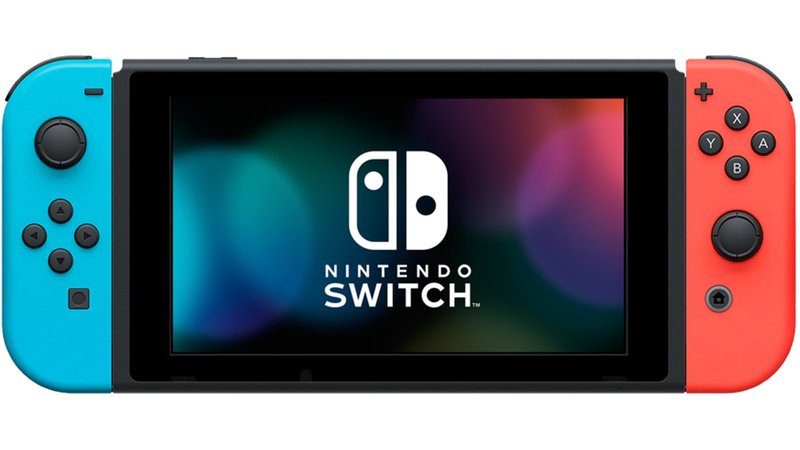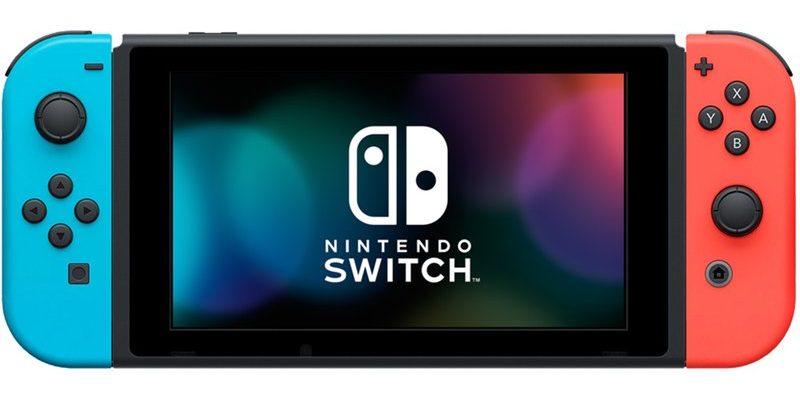
If you’ve ever stared at your Midea remote, squinting at those tiny icons and buttons, you’re not alone. Maybe you’ve wondered what “Mode” really means, or if you’ll accidentally reset something (hello, panic button) just by pressing the wrong key. I’ve been there too. The good news? Once you see how this thing works, it’s honestly kind of easy—almost like switching from Spotify’s chill playlist to upbeat summer jams. Let me walk you through the whole process, step by step, so you can make your space perfectly cozy, no matter the weather outside.
Getting To Know Your Midea AC Remote
First things first: let’s talk about the remote itself. Most Midea air conditioners use a standard remote that looks like a mini TV controller—think a few rows of buttons, a small display screen, and maybe a little colored circle around a button or two. Models and designs change, but the basics stay the same. If you’ve got a universal remote or a fancier wall-mounted version, don’t stress—the core logic still applies.
The main thing to spot? The Mode button. It’s usually hanging out near the center or top of the remote. Sometimes it’s labeled with the word “Mode”, or there might be a symbol like a snowflake (cool), a sun (heat), a droplet (dehumidify), or a fan. These symbols help you figure things out at a glance… kind of like road signs, but for your living room’s climate.
Another biggie is the display screen. This tiny LCD shows what mode your AC is in, the temperature, and sometimes even the fan speed. If yours is old school or the battery is running out, the screen might flicker or look faded. That’s your first sign to check if you need to replace the battery—no shame, it happens to all of us.
How To Switch Between Cool And Heat Mode
Let’s cut straight to the chase. You want your space cooler or warmer. The Midea remote makes this switch almost like scrolling through a playlist: one button cycles through several options.
- Point the remote at your AC unit—direct line of sight works best. If the AC unit has a cover, make sure it’s open.
- Press the Mode button. Each press toggles you through the available options: usually Cool, Heat, Dry (dehumidify), and Fan.
- As you click, watch the LCD screen. A little icon or text will let you know which mode you’re in: a snowflake for Cool, a sun for Heat.
- Once you land on the mode you want, stop pressing and let the display settle. The AC will beep or blink to confirm your choice (unless your model is super basic, in which case it’ll just quietly obey).
Honestly, it’s that simple—but I totally get how one missed icon can throw you for a loop. If you set the wrong mode, just keep cycling with the Mode button until you hit the right one. There’s no shame in clicking around a few times. We’ve all been there.
Why Modes Matter: Cool vs Heat Functions
Why fuss with these settings anyway? Well, your Midea unit isn’t just a fan with a fancy name—it’s a two-in-one climate master. Cool mode chills the air by running the refrigeration cycle, removing heat from your room. Heat mode (on models with this feature) reverses the magic, so the AC’s compressor and refrigerant flow change direction, pumping warm air inside. It’s like having both an igloo and a cozy fireplace at your fingertips.
Here’s the thing: If you live somewhere with wild seasons (I’m talking hot summers and cold winters), switching between these modes means you get comfort all year—not just when the weather cooperates. It’s also a super cost-effective way to stay cozy; one device, one utility bill, one remote to rule them all.
But not all Midea units have a heat pump or true heating function. If your remote never shows a sun or “Heat” icon, your unit may be cool-only. In that case, no combination of button presses will change the laws of physics—you’ll need a heater or an upgrade. It’s better to know now than to keep wishing for warm air from a summer-only unit.
Common Problems Switching Modes (And How To Fix Them)
Let’s be real: tech doesn’t always play nice. If you’re hitting the Mode button but nothing’s changing, don’t panic. Here’s what might be happening—and what you can do about it:
- Batteries are low or dead. Seriously, it’s almost always this! Replace the batteries in your remote, making sure the +/– ends line up with the little diagram inside the compartment.
- Remote not synced. Sometimes, especially after a battery change or power outage, the remote and unit can lose their sync. Try holding down the reset button (usually a tiny hole you press with a paperclip), or remove and reinsert the batteries. Wait a minute and try again.
- Obstructions or distance. Make sure you’re in front of the AC—walls, furniture, or plants can block the signal. Remote controls aren’t magic lasers; they need a clear path.
- Code mismatch with universal remotes. If you’re using a universal remote, the internal code may be wrong. Double-check the pairing instructions for your Midea model; sometimes you’ll need to re-enter the code or run an auto-pair function.
- AC still not responding? As a last resort, unplug the AC for a few seconds, then plug it back in. This resets the system and often clears weird glitches. If things are still wonky, it might be time to call for troubleshooting help or check the manual for specific instructions.
Seriously, 90% of remote problems are battery or code related. Don’t assume your AC is broken right away!
Comparing Midea Remotes: Brand vs Universal
Not all remotes are created equal. If you’re using the original Midea remote, switching modes will be straightforward, with all the right icons and feedback. But let’s say you’ve lost your original remote (been there) and bought a universal one off Amazon or a hardware store. Suddenly, things look… different.
Universal remotes need to be paired or programmed with your AC model’s code. Sometimes there’s a code list in the manual or on a website; other times, you can run a “search” by holding down a button until your AC beeps or blinks. The downside? Not every universal remote supports every mode—occasionally, heat mode might be missing, or the icons don’t match what you expect.
Universal remotes are like Swiss Army knives: handy, but they’re never quite as perfect a fit as the original tool.
If possible, stick with your branded Midea remote for the smoothest experience. If you’re stuck with a universal, check the manual for pairing steps and code lists—and maybe keep your expectations realistic about advanced features.
What To Do If The Heat or Cool Mode Still Won’t Activate
Okay, so your remote looks fine, you’ve replaced the batteries, but your AC still laughs in the face of your Mode button. What now?
First, check your AC’s specs. Some Midea models (especially the smaller or window units) don’t have a heat mode at all—they’re strictly coolers. No mode switch will change that. If you’re sure your model has both cool and heat, but it’s stuck, double-check for:
- A recent power outage (sometimes the AC needs a full reset—unplug, wait, plug back in).
- Remote-control sensor blocked by dust or grime (give it a gentle wipe).
- An issue with the AC’s internal board, not the remote. If nothing works, you might need professional troubleshooting.
Still nothing? Try “resetting” the remote and AC:
- For the remote: remove batteries, press and hold a few buttons to clear static charge, then reinsert batteries.
- For the AC: unplug for two minutes, then power it back up. Re-sync the remote if needed.
If you’re still out of luck, reach out to Midea support—sometimes a firmware update or physical repair is needed. I know, it’s a hassle, but luckily these fixes solve most everyday issues.
Extra Features and Tips for Mastering Your Midea Remote
Switching modes is just the start. Your Midea remote probably has a few “hidden” features that make life easier, especially if you know what to look for. For example:
- Fan speed adjustment: Use this to fine-tune how much air flows, regardless of mode.
- Timer or Sleep function: Handy if you want the AC to automatically switch off after you drift into dreamland. No one likes waking up in an icebox… or a sauna.
- Lock or Child Lock: This prevents accidental button presses—especially useful if you have curious kids or pets who think the remote is a toy.
If you’re ever unsure what a button does, take a peek at the manual, a quick Google search for your model code, or (if you’re like me) gentle experimentation. Most remotes are pretty forgiving; the worst case is you’ll have to re-sync or reset.
Honestly, once you get the hang of these buttons, it’s as easy as flipping between channels on your TV. The learning curve is real, but it’s not steep, promise.
Final Thoughts: Making Friends With Your Midea AC Remote
There’s something oddly satisfying about mastering a device that used to baffle you. Maybe switching between heat and cool modes on your Midea AC remote isn’t the most glamorous life skill, but hey—it can totally transform your day-to-day comfort. No more sweaty afternoons or chilly evenings while you fumble with weird icons or hunt for battery replacements. Just clear, confident clicks, and the perfect room temperature.
If you ever get stumped by codes, sync problems, or mysterious buttons, remember: every remote has quirks, but you’re smarter than you think. Bookmark this page, keep those new batteries handy, and don’t be shy about resetting things if they get weird. Trust me, before long you’ll be flipping between cool and heat mode like a pro—and maybe showing your friends or family a trick or two along the way. Stay comfortable, and enjoy owning the room.
